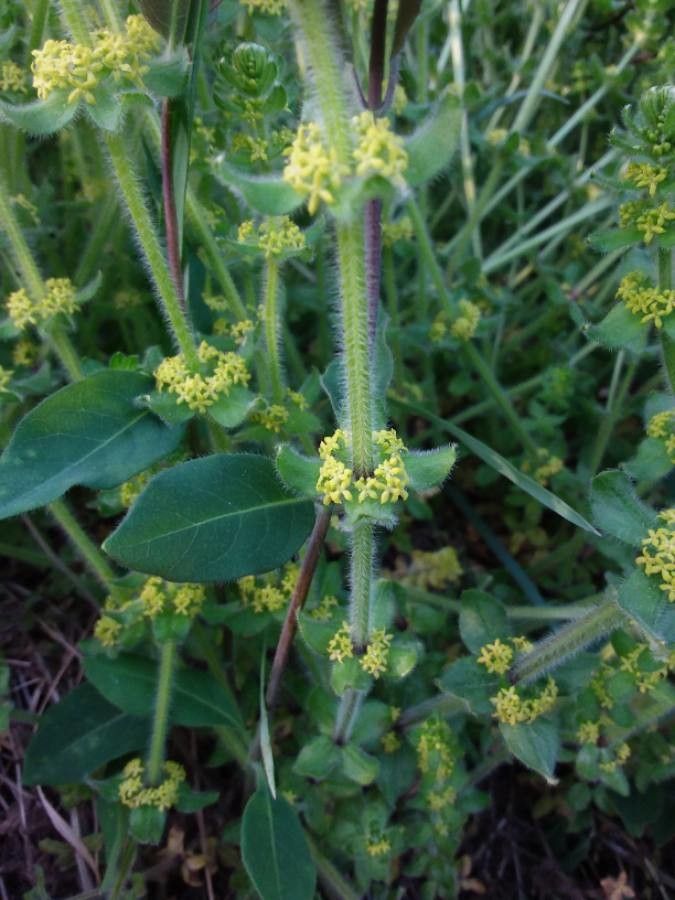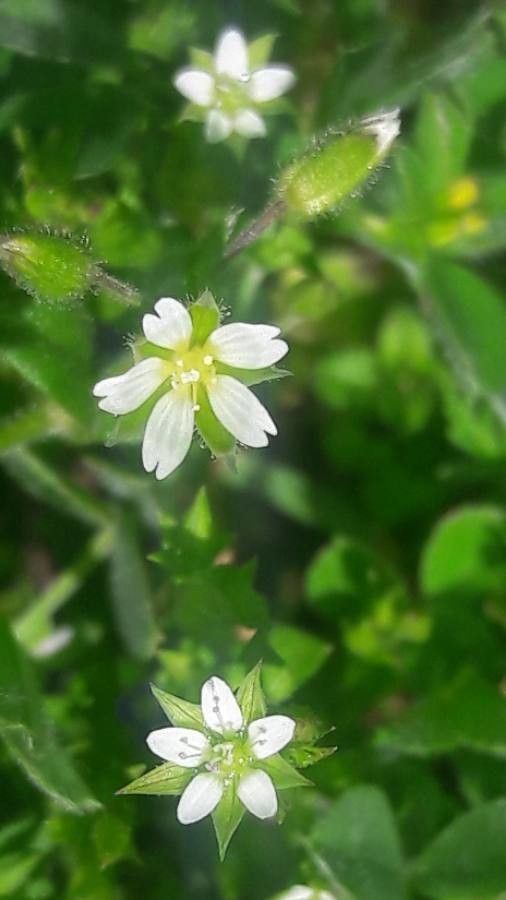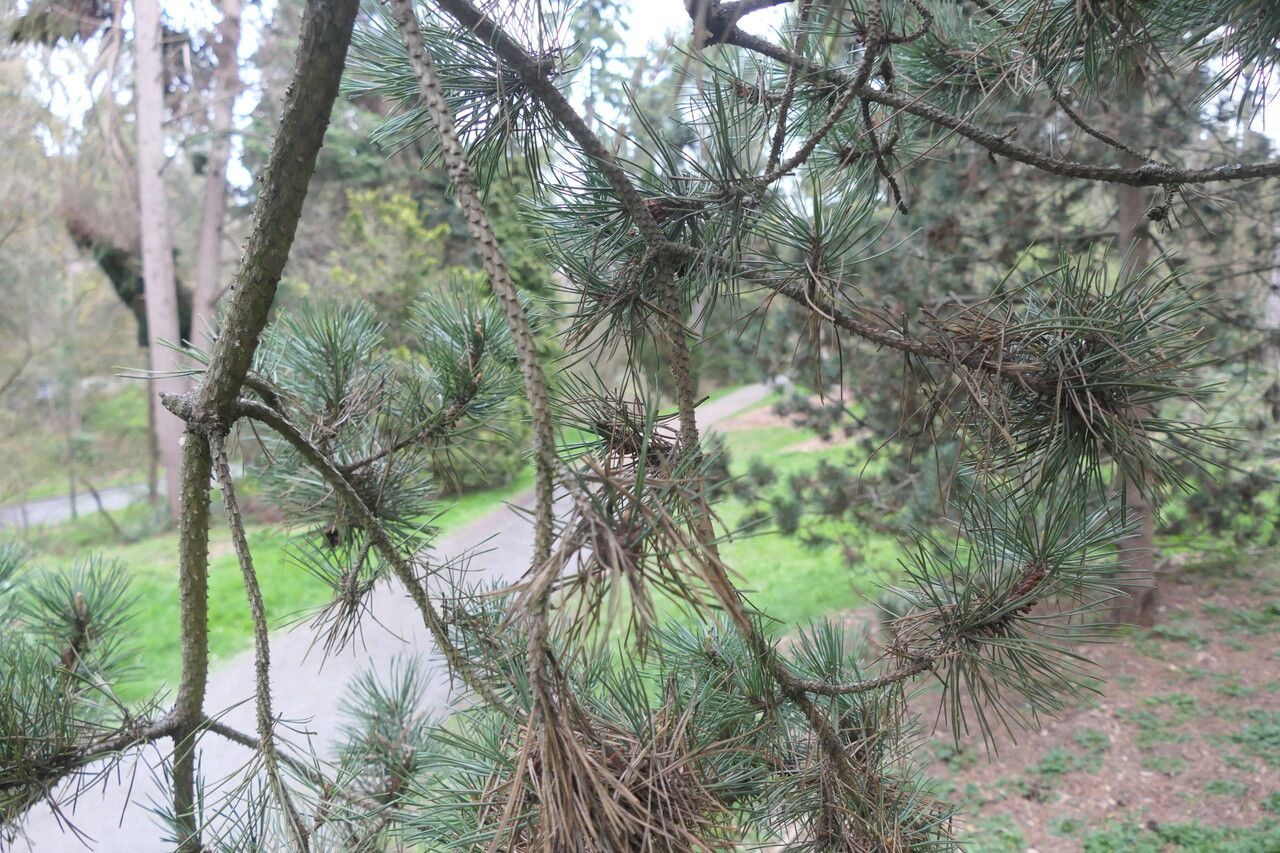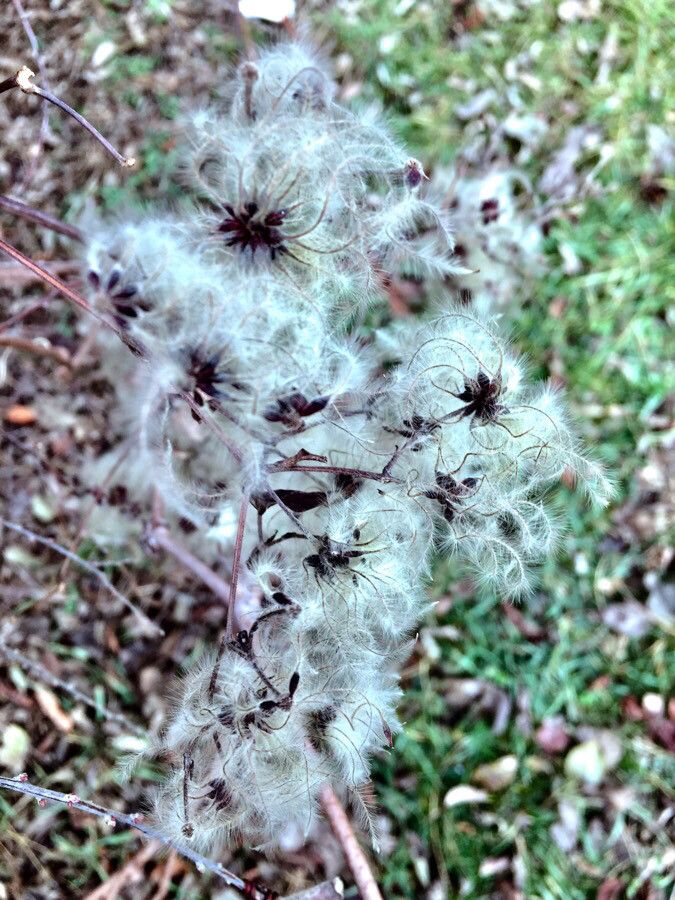## Smooth Bedstraw: A Gardener's Guide to *Galium suaveolens*
Smooth Bedstraw (*Galium suaveolens*), a member of the Rubiaceae family, is a charming and often overlooked wildflower. Its delicate appearance and ease of cultivation make it a perfect addition to wildflower meadows, cottage gardens, or even as a low-growing groundcover. This guide will delve into the characteristics, cultivation, and care of this delightful plant.
### Identification
Smooth Bedstraw is easily identified by its slender, square stems and whorls of small, lance-shaped leaves. The leaves, typically six to eight per whorl, are smooth and slightly pointed. The tiny, star-shaped white flowers appear in clusters during summer, emitting a subtle, sweet fragrance. The plant typically grows to a height of 6 to 18 inches, spreading gracefully via rhizomes.
### Habitat and Growth
Smooth Bedstraw thrives in a variety of conditions but prefers partial shade to full sun. It's highly adaptable and can tolerate various soil types, but it does best in well-drained, moist soil. This adaptable nature makes it perfect for a wide range of garden settings. In its natural habitat, you'll find Smooth Bedstraw thriving in meadows, woodland edges, and along roadsides.
### Cultivation and Care
Growing Smooth Bedstraw from seed is relatively straightforward. Sow seeds in the spring or fall directly into prepared soil. Ensure the soil is well-drained to prevent root rot. Once established, Smooth Bedstraw requires minimal care. Water regularly, especially during dry periods, but avoid overwatering. Deadheading spent flowers can encourage further blooming. The plant is relatively pest and disease-resistant, reducing maintenance needs considerably.
### Uses and Benefits
Historically, Smooth Bedstraw has been used for various purposes. While not commonly used today, its historical uses remind us of its versatility. Its fibrous stems were once used for making rustic ropes and mats. While Smooth Bedstraw doesn’t possess significant medicinal properties, its ecological contributions are noteworthy – providing habitat and food sources for pollinators.
### Potential Challenges
While generally easy to grow, Smooth Bedstraw can spread aggressively in optimal conditions. Consider its spreading nature before planting it in small gardens or areas where you prefer more controlled growth. Regular monitoring and careful management can prevent it from becoming overly invasive.
### Conclusion
Smooth Bedstraw is an enchanting and low-maintenance addition to any garden that offers both aesthetic beauty and ecological value. Its delicate white flowers and ease of cultivation make it a delightful choice for gardeners of all levels. Its adaptability makes it perfect for a variety of locations and garden styles.
Smooth Bedstraw: A Gardener's Guide

Frequently Asked Questions
How do I grow Smooth Bedstraw?
Sow seeds in spring or fall directly into well-drained, moist soil. Water regularly, especially during dry periods. Minimal care is needed once established.
Is Smooth Bedstraw invasive?
While not typically considered highly invasive, Smooth Bedstraw can spread aggressively in ideal conditions. Regular monitoring and management may be necessary to control its spread.


